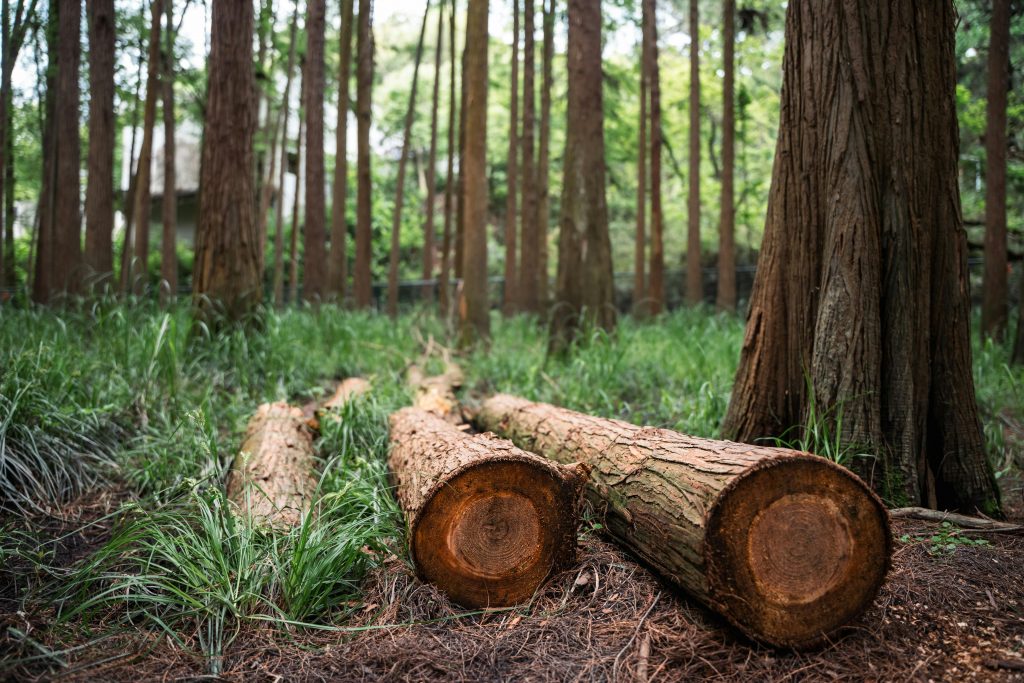
December 3, 2025

On 3 September 2020, InnoRenew CoE hosted its annual conference – this time in a hybrid format with in-person and online attendance.
The InnoRenew CoE International Conference 2020 (IRIC2020), “Integrating sustainability and health in buildings through renewable materials,” featured keynote speaker Carlo Battisti, president of Living Future Europe and chair of COST Action CA16114: Rethinking Sustainability Towards a Regenerative Economy. Carlo has an inspiring drive to lead the construction sector towards sustainability. He talked about the urgent need to change how we build and use buildings; how it is our duty as researchers and practitioners to lead change with tested solutions – to step up. He also introduced the Living Building Challenge, a building certification system that is difficult to achieve (by design). Not only are the standards for construction high, certification requires operational data for at least one year. These standards highlight that as much as we do to change how we design and construct buildings, we also have to change our behaviours to make the necessary gains towards carbon negative buildings. We cannot forget that we have to enable and encourage that behavioural change with our design strategies, technological solutions and advances in science.
Following the keynote, IRIC2020 featured a variety of presentations including Flash Talks, short 3-minute presentations accompanied by digital posters, and regular session presentations on Human Health in the Built Environment and Sustainable Construction with Renewable Materials. There was also a session on Complementary Topics – those subjects that tie together materials and construction research but don’t fit directly under either classification. In Complementary Topics, the call for interdisciplinary research was clear, and I have thought a lot about this session since the conference.
The IRIC2020 scientific committee came up with the Complementary Topics session earlier this year as there were submissions from several of the topics in the call for papers but not quite enough for a full session on each. We needed to group them, so we came up with this catch-all session. It struck me during the conference that “complementary” was not quite a strong enough term. We need this kind of research to achieve sustainability and health goals in the built environment. Every topic presented at IRIC2020 that touches on health or sustainability, or both, has work from both topics either behind them (to support and direct early research) or ahead of them (to scale them up to applied solutions). As InnoRenew CoE’s conference series continues to grow, I am eager to see how these complementary topics change our thinking about how to achieve sustainability. Assessment of what it took to get to our current work and what it will take to take the next step is essential. Researchers often talk about value chains in industry when we think about applying our work outside of academia. We need to remember the research value chain as well – that collaboration with colleagues outside of our own field will improve the quality, speed and applicability of our research.
IRIC2020’s hybrid format worked well. I suspect it is something we will see more often for conferences, project meetings, classes and a variety of other gatherings. One attendee commented that she was pleased we didn’t move all the remote presentations into a separate session, and she enjoyed the back and forth during sessions between remote and live presentations. We didn’t talk very much about this during planning, but, in the end, I think this worked well, too. Fortunately, we all have some practice with remote presentations these days, and the tools we use are adapting quickly.
I’m grateful to the presenters for sticking with IRIC2020 and the attendees who joined remotely and locally.
The team here at InnoRenew CoE worked hard to make this conference a success despite delays, a new format and a new location. Together, they made the conference run smoothly, produced a very nice book of abstracts and poster collection and made sure we had all the necessary health and safety precautions in place on-site. They earned the praise I’ve already heard about the conference, and we are very fortunate to have such a talented team.
We hope you will join us next year for IRIC2021, where we will focus on sustainable renovation and the role of renewable materials on June 10 and 11. Look for our call for submissions soon!
Dr Michael Burnard
Deputy Director, InnoRenew CoE